Over the last two months, two new books on parasitism in the fossil record were published as part of the Topics in Geobiology series.
Preservation of parasitism in deep time
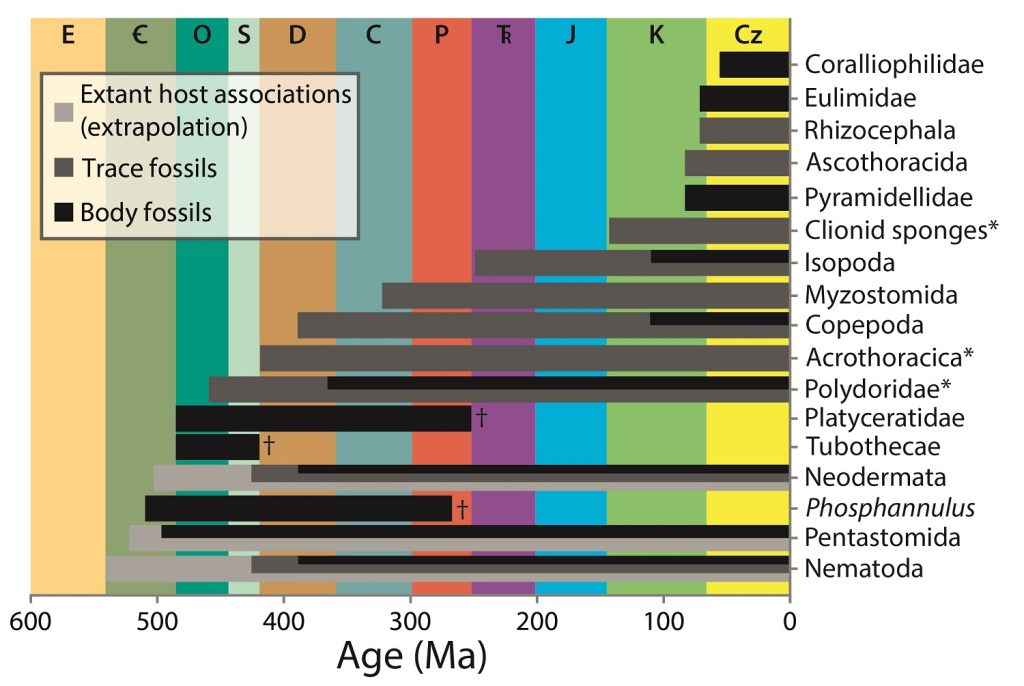

Over the last two months, two new books on parasitism in the fossil record were published as part of the Topics in Geobiology series.
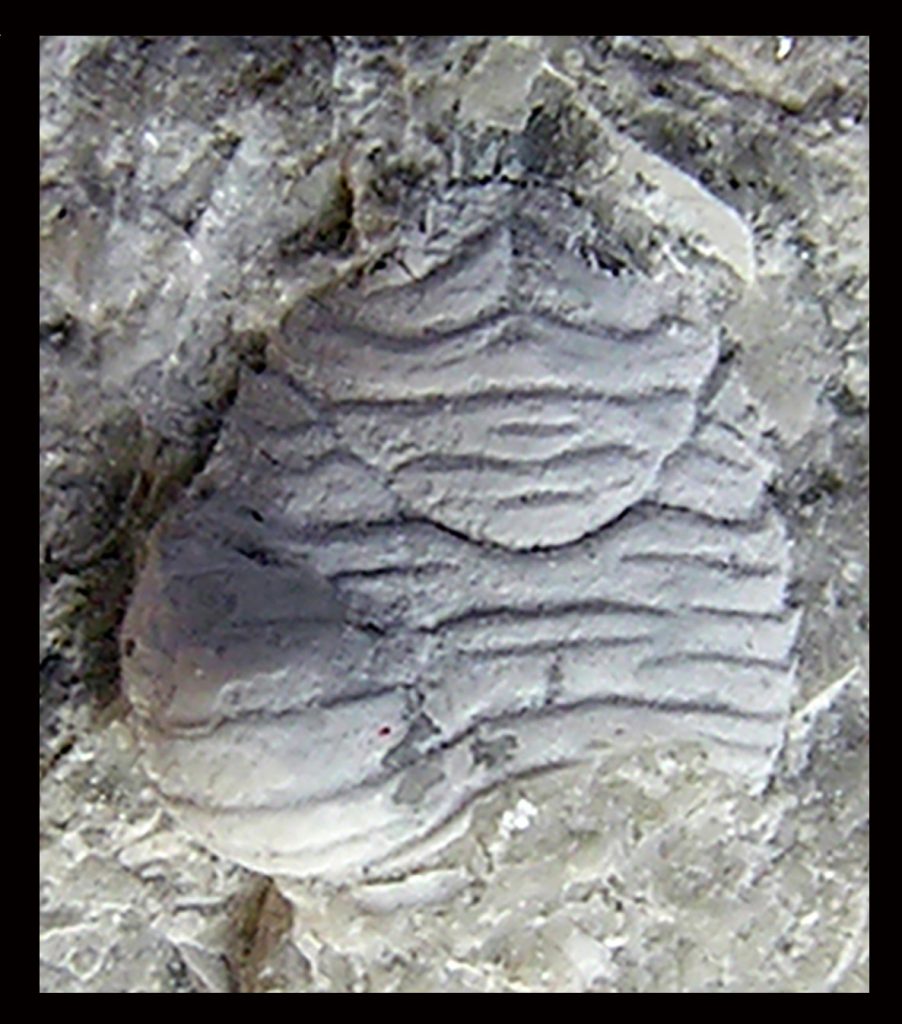
Over the last decade, parasites in the marine fossil record have been increasingly studied.
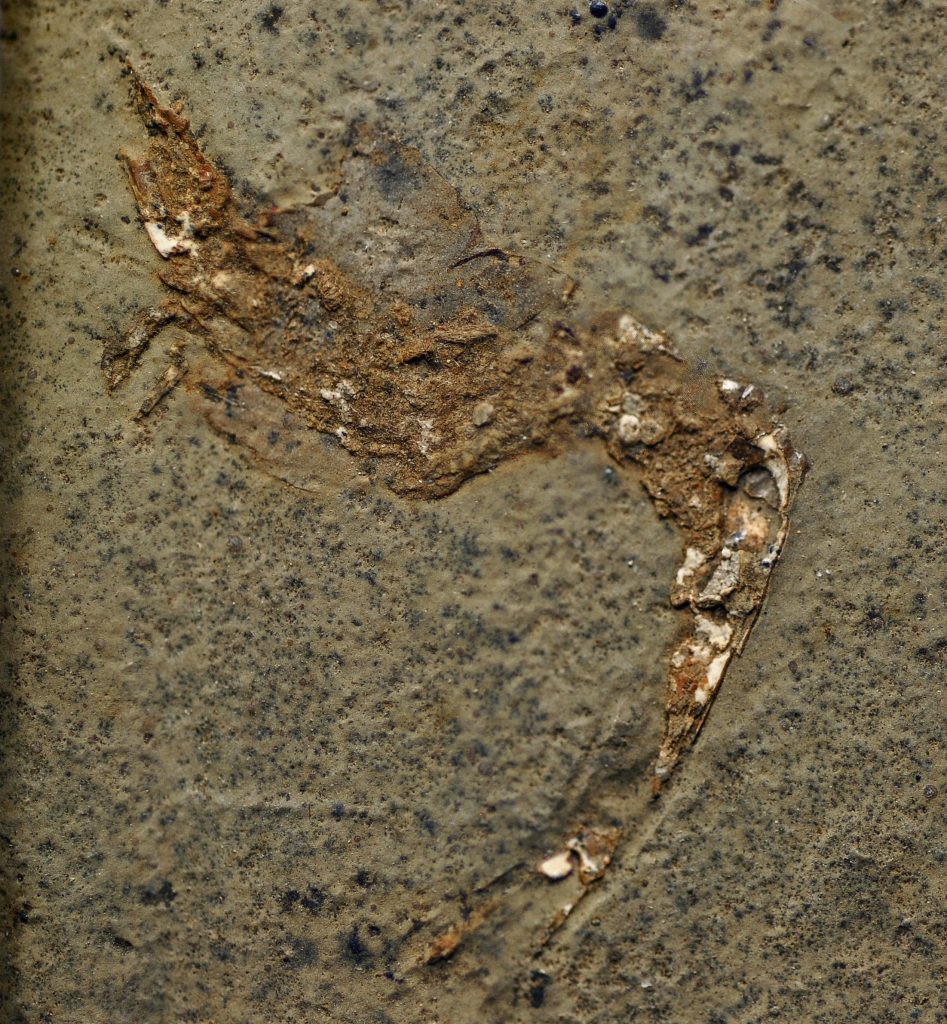
The sea floor was a dangerous place for particularly smaller animals. Over the last century, a wealth of information about traces in ancient prey items has been recorded, showing successful and unsuccessful predation. One of the best ways to largely avoid predators and other disturbances is to find a shelter.
Read More from Animals hidden in a 100-million-year-old giant clam
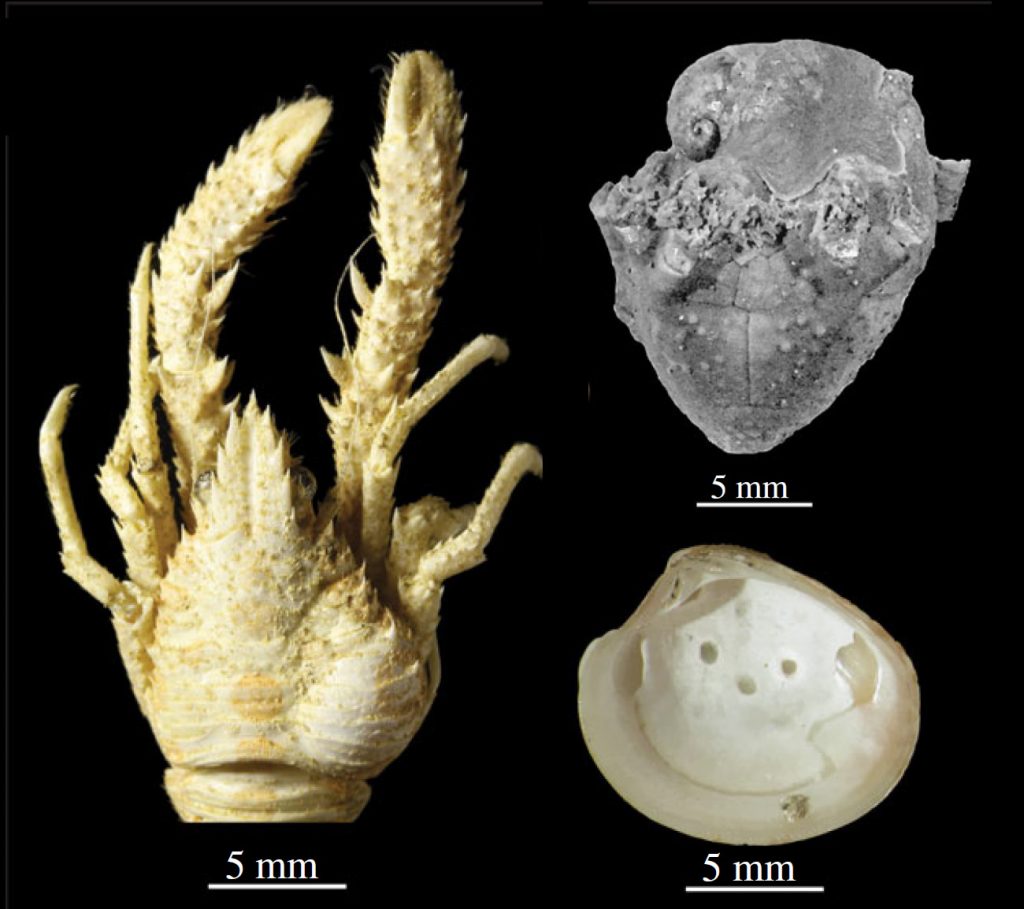
Evidence of parasitism in the fossil record has historically received little attention because parasites are small, these soft bodied animals do not fossilize well, and there is an enormous lack of study.
Read More from Increase in Marine Parasitism Through Time Linked to Biodiversity
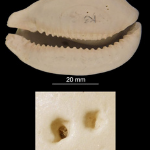
Predation is an evolutionary force shaping sea floor communities, with the record of drilling predation being particularly useful to study predatory behavior on short and long timescales. Most predatory drill holes are caused by gastropods, but octopods within Octopodoidea also produce characteristic drill holes, yet remain severely understudied in deep time.
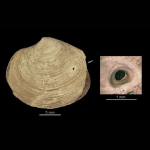
Octopodoidea are a highly versatile and diverse group of marine predators comprising > 200 species today, but their diversity and ecology in deep time are virtually unknown. Because these soft-bodied cephalopods have a low preservation potential, only a single body fossil species has been documented.
Read More from Octopodoidea as predators near the end of the Mesozoic Marine Revolution
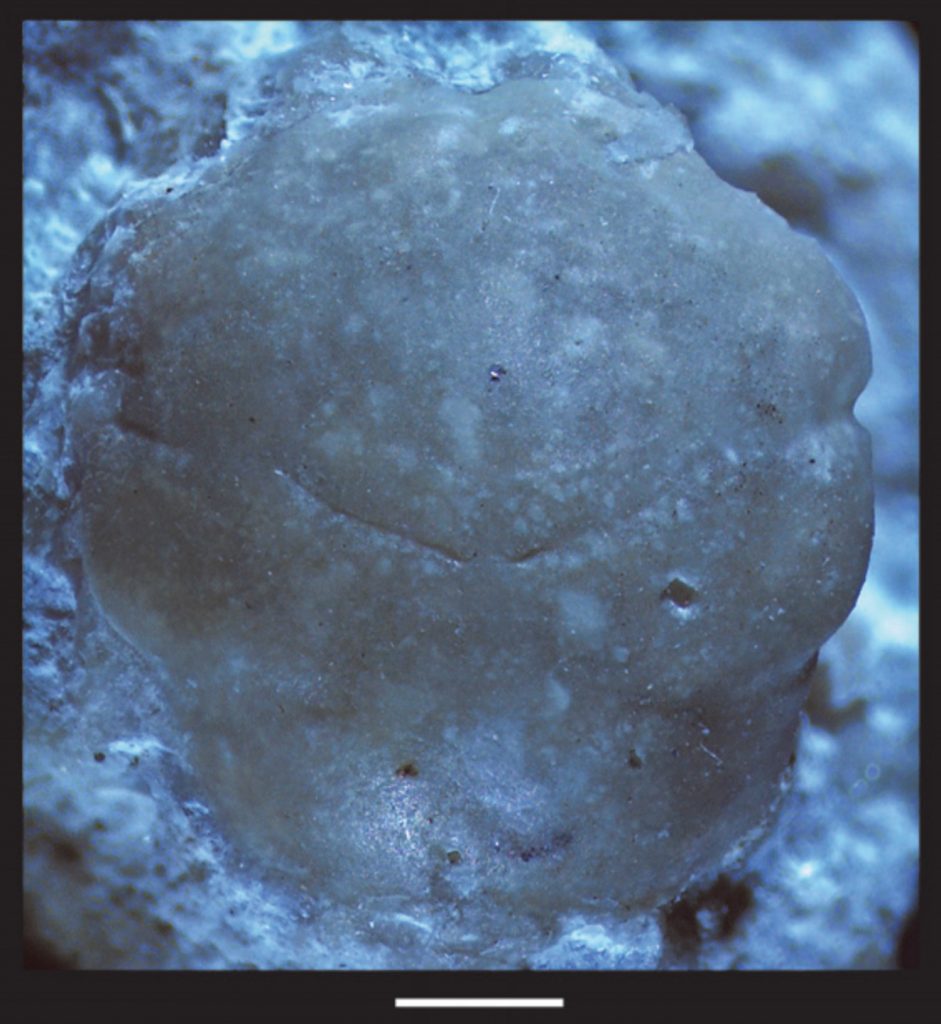
We studied multiple true crabs (Brachyura) from primarily sponge and coral reefs that lived during the Jurassic and Cretaceous periods (201 to 66 million years ago). Both environments were important habitats for the evolution and biodiversity of crabs during the Late Jurassic epoch (164 to 145 million years ago).
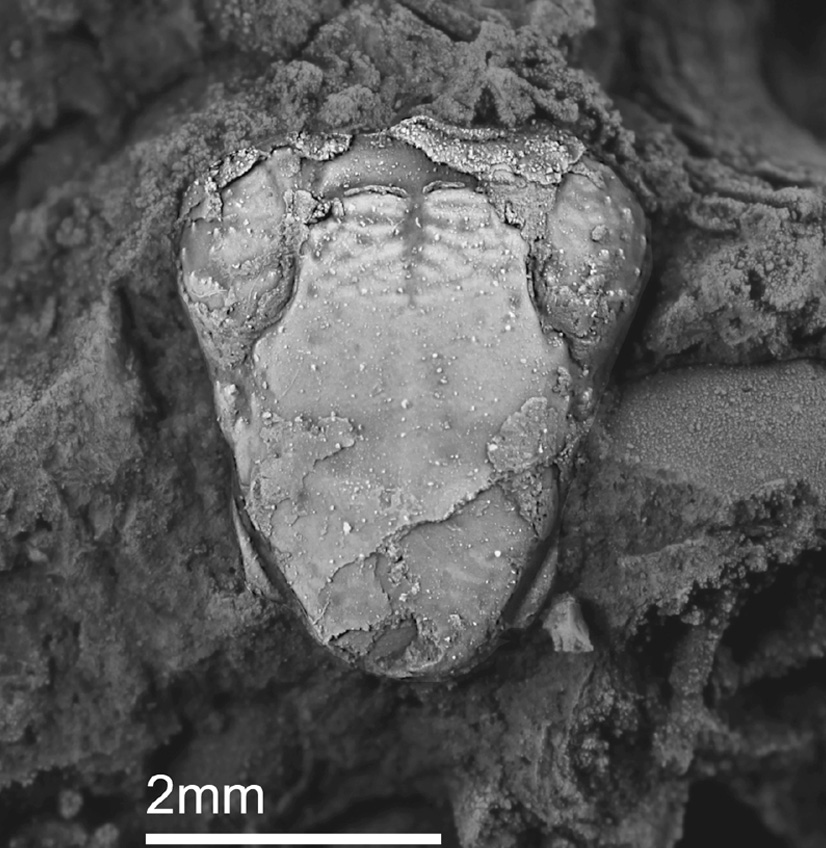
Fossil hermit crabs (Paguroidea) have long been known from the fossil record, primarily from claws. Over the last ten years, their millimeter-sized shields (particularly the anterior part) have been increasingly recognized.

Methane seeps are places on the ocean floor where methane escapes from the subsurface into the water column. Such seeps, also called cold seeps, can be found at different depths in the oceans today and in the past. They are essentially the cold equivalent of hydrothermal vents.

Pterosaur remains are exceptionally rare in the Late Cretaceous marine chalks of Alabama and the few specimens found are typically very fragmentary. We report the occurrence of a metacarpal of Pteranodon cf. longiceps from the Mooreville Chalk (Campanian, 83 million years old) of Dallas County, Alabama.